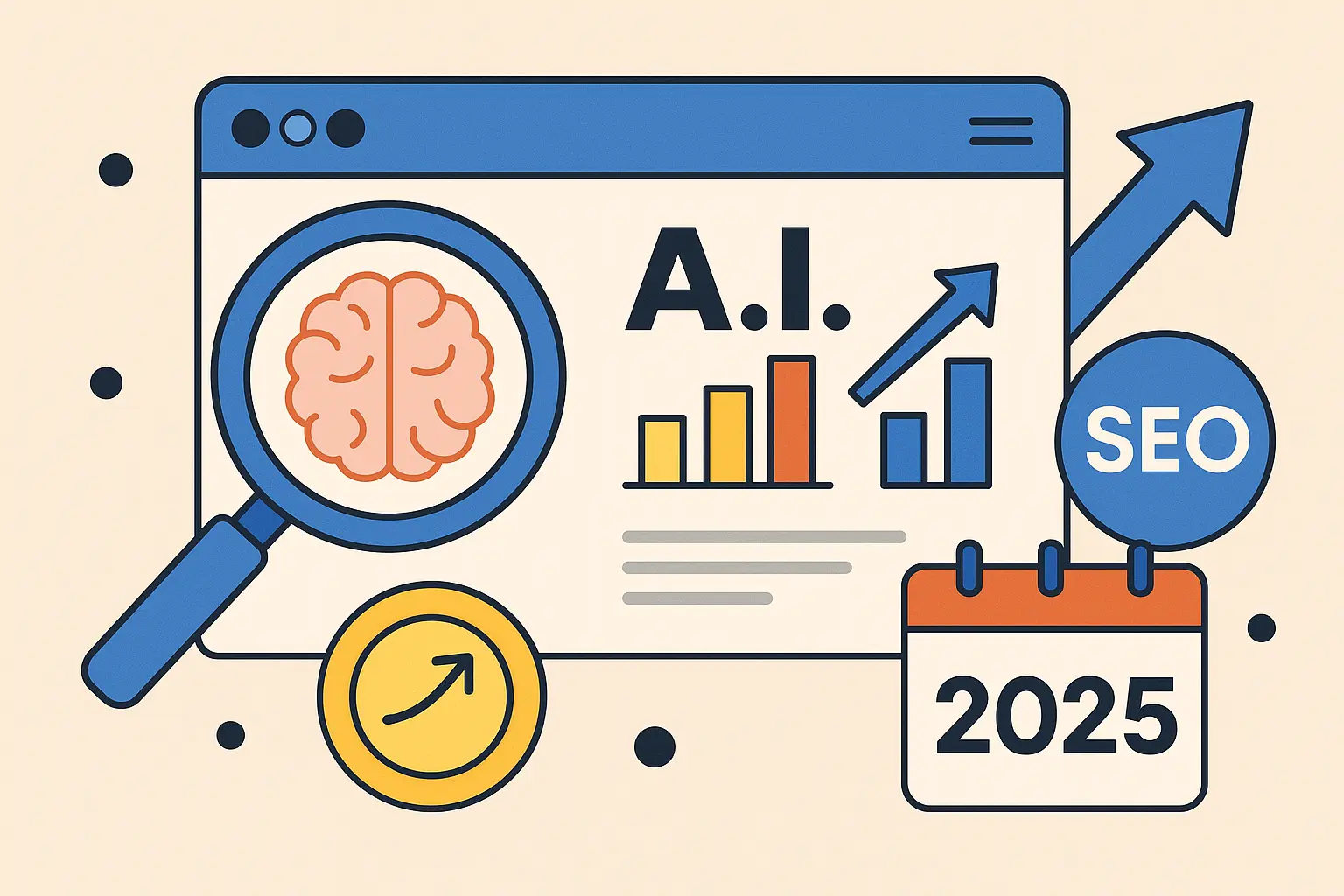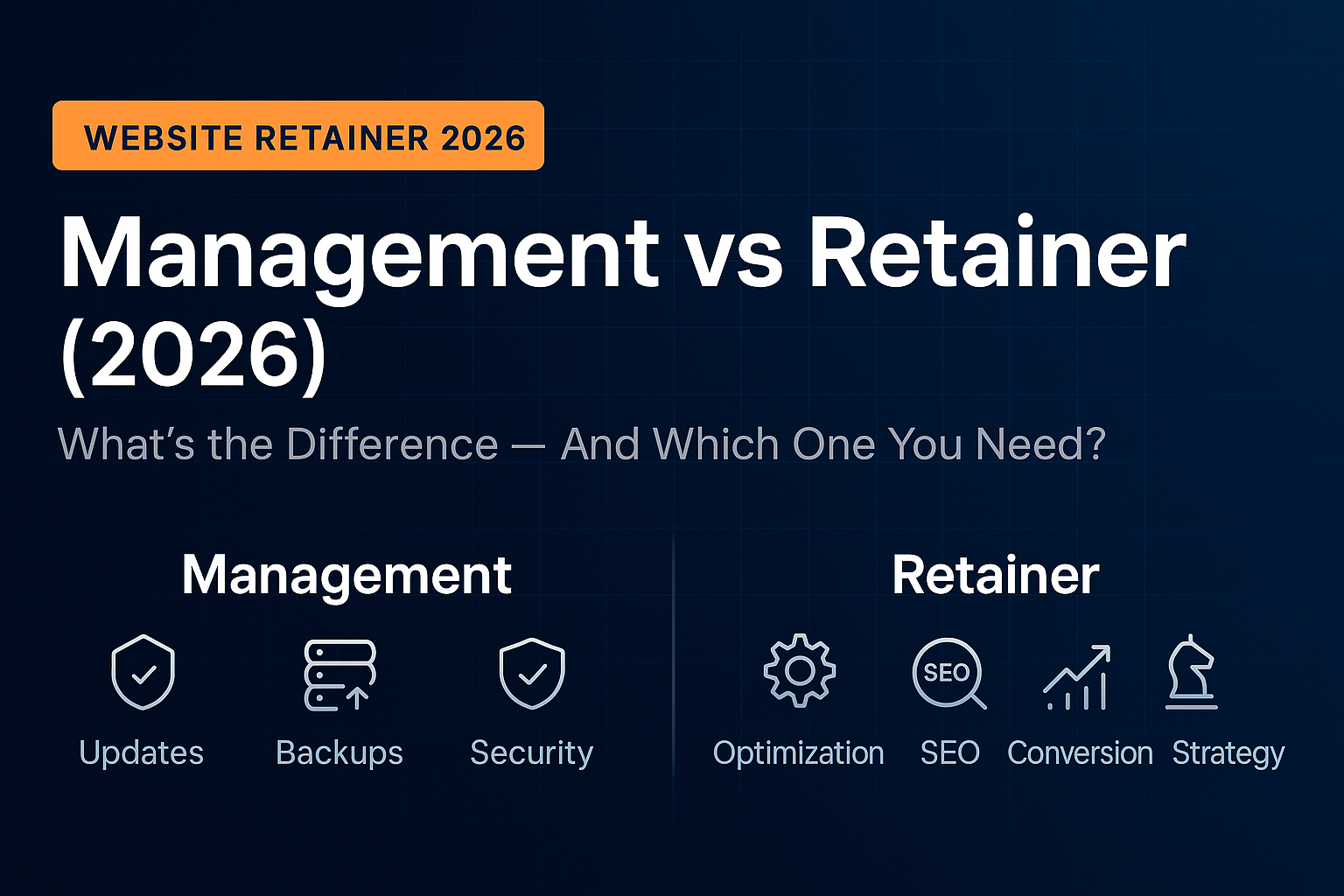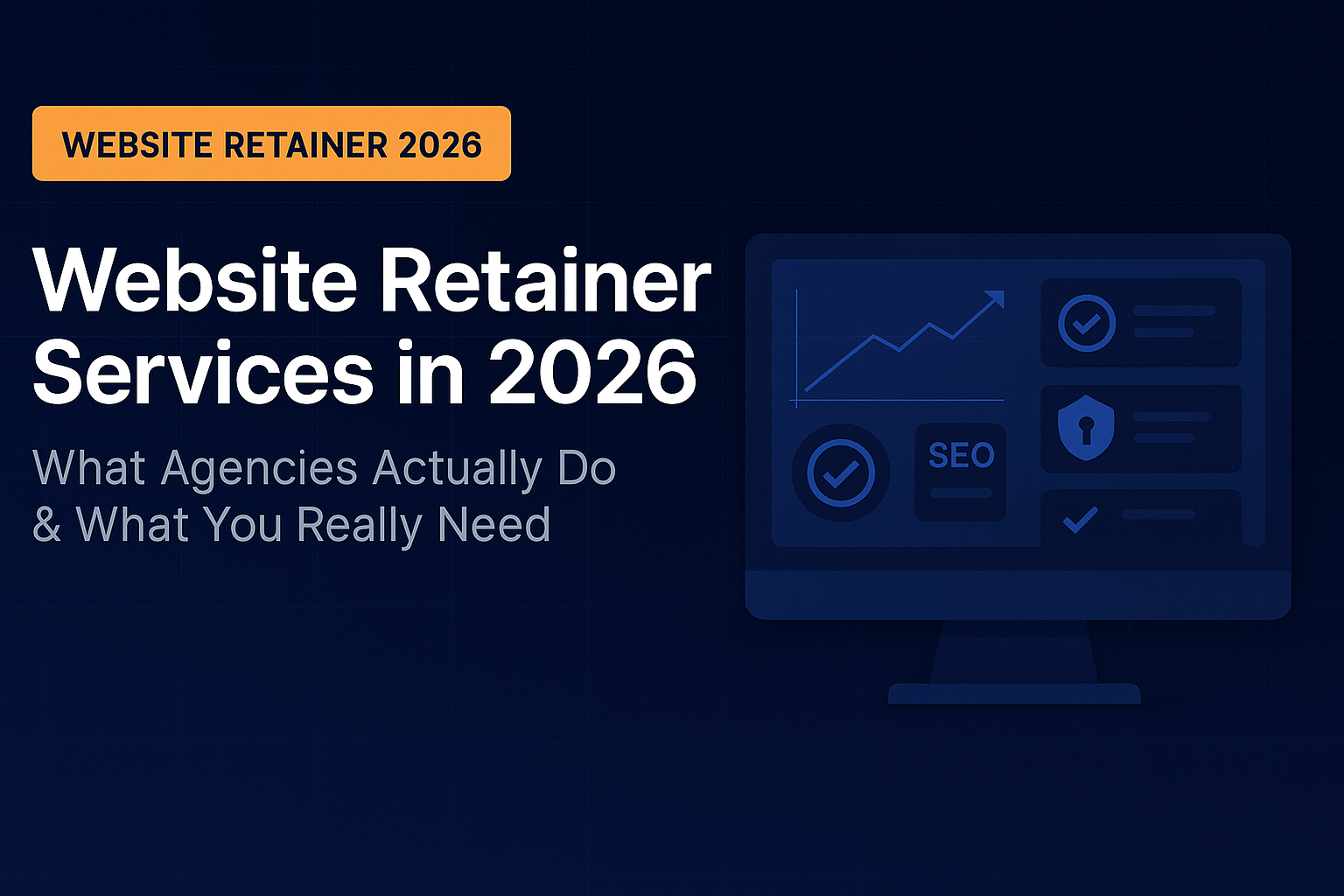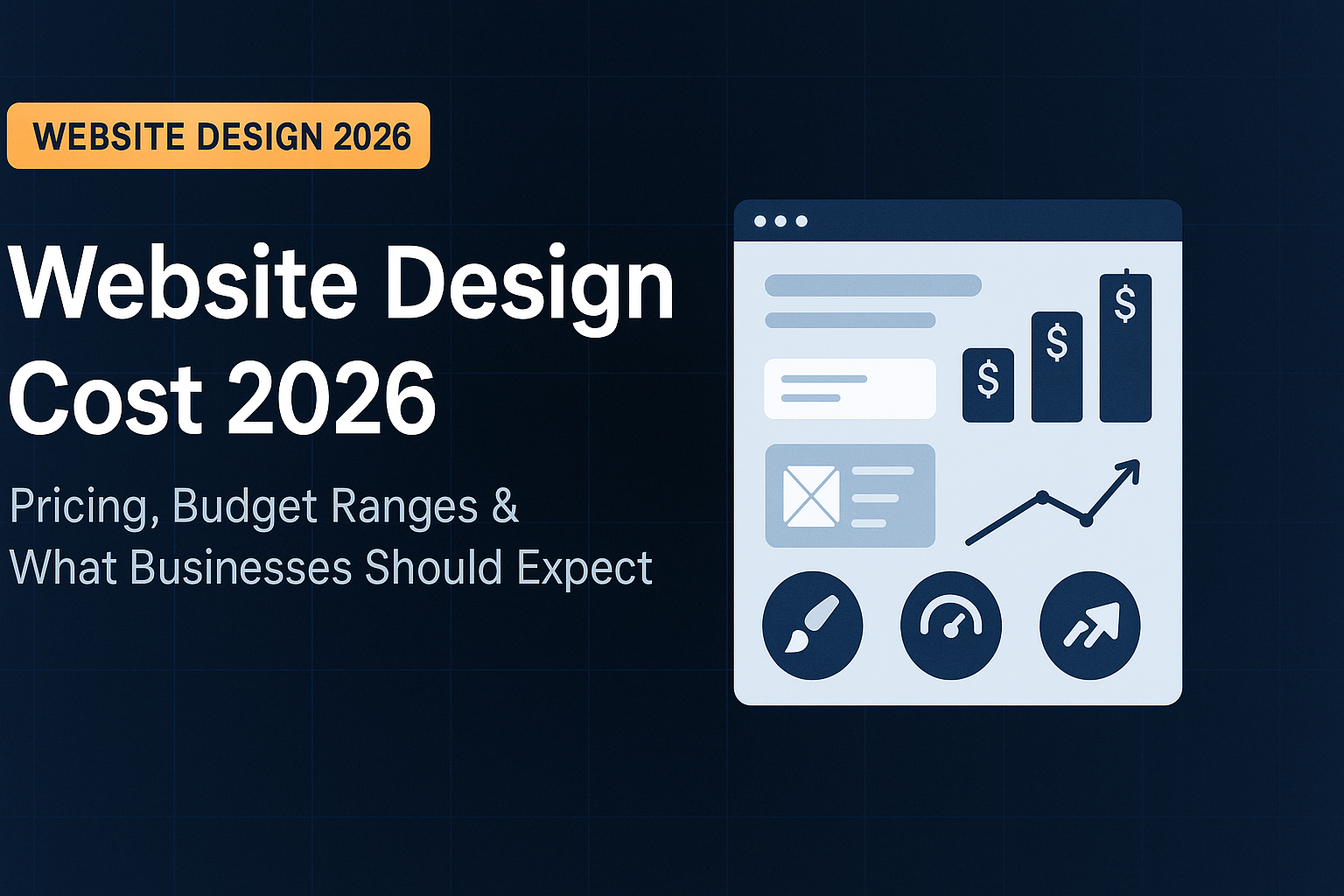AI is rewriting the rules of SEO. If you’re still relying solely on keywords, backlinks, and Google rankings, you’re already a step behind. The digital landscape is evolving at lightning speed, and AI-driven visibility is no longer optional—it’s essential.
Today, AI tools don’t just help people find content—they summarize, quote, and prioritize it in answers, chatbots, and digital assistants. Brands that adopt the right AI visibility tools can get a significant head start, appearing where users are increasingly searching: directly in AI-driven platforms. But with so many options available, which products actually work? Let’s break it down.
Why AI Visibility Matters for SEO in 2025
Before diving into the products, it’s important to understand why AI visibility has become a must-have in modern SEO strategies.
1. AI-driven answers bypass traditional SERPs
Users aren’t always clicking through to Google search results anymore. With tools like ChatGPT, Gemini, Claude, and Microsoft Copilot, people are asking AI to summarize, recommend, and provide quick answers.
Fact: According to a 2025 study by Forrester, up to 25% of searches could bypass traditional search engines entirely, relying instead on AI summaries.
For marketers, this is a major shift: if AI ignores your content, you lose visibility—even if you rank #1 on Google.
2. Authority is automatic
AI systems tend to pull content from authoritative, credible sources. If your content is structured, trustworthy, and fact-based, it’s more likely to be cited in AI responses.
Think of it as SEO on autopilot, where your brand authority spreads automatically through AI recommendations, without manually building backlinks.
3. Traffic diversification
AI visibility opens new referral channels. Traffic doesn’t just come from Google; it also comes from AI chat apps, enterprise AI tools, and other digital assistants. Brands that optimize for AI visibility capture audiences across multiple platforms, often before their competitors even realize what’s happening.
Pro Tip: Don’t view AI as a threat—view it as a distribution channel that amplifies your content beyond traditional search.
In short, AI visibility is a strategic layer on top of traditional SEO—one that helps you stay relevant, authoritative, and discoverable in an AI-first world.
Top AI Visibility Products You Should Know
Here’s a detailed look at some of the most popular AI visibility tools marketers are leveraging in 2025. Each product has its strengths, use cases, and ways it can enhance your AI visibility strategy.
1. Surfer AI
What it does: Surfer AI combines content optimization with semantic analysis, helping your content align with AI’s understanding of search intent.
Key Features:
- AI-powered content audits
- NLP-based keyword suggestions
- SERP analyzer for semantic relevancy
Why it’s useful: Surfer AI ensures your content isn’t just keyword-stuffed—it’s semantically rich, contextually aligned, and structured in a way that AI tools can easily reference. This is crucial for being cited in AI answers or summaries.
Practical Tip: Use Surfer AI to analyze competitor content and identify topic gaps. AI favors content that’s both comprehensive and structured, so filling these gaps increases your likelihood of being referenced.
Example: Marketing agencies can use Surfer AI to optimize blog posts on AI content creation, ensuring FAQs and tutorials are easily digestible by AI.
2. MarketMuse
What it does: MarketMuse acts like a research assistant on steroids, scanning millions of sources to identify content gaps, opportunities, and relevance scores.
Key Features:
- Topic modeling
- Content scoring
- Automated optimization recommendations
SEO & AI Impact: MarketMuse helps you produce content that AI engines love because it’s comprehensive, well-structured, and semantically deep. It prioritizes content that is likely to be cited or recommended by AI tools.
Practical Tip: Create content clusters around your main topics. For marketing agencies, build a cluster on “AI content strategies” with supporting articles on “chatbot copywriting,” “AI-driven SEO,” and “automated social media analytics.” MarketMuse will guide your semantic structure to improve AI visibility.
3. Clearscope
What it does: Clearscope helps writers create content that answers real questions in a natural language style, rather than just hitting keywords.
Key Features:
- Keyword and topic scoring
- Content grading for comprehensiveness
- Readability analysis
Why it matters for AI visibility: AI engines prefer content that reads naturally and provides complete answers. Structured, semantically rich content is far more likely to be referenced than keyword-stuffed, generic articles.
Practical Tip: Pair Clearscope with FAQ-style content creation. Each FAQ can target a real user question, with short, clear answers followed by in-depth context. This makes your content more AI-friendly and increases the likelihood of being quoted.
4. SEMrush Content AI
What it does: SEMrush Content AI provides AI-driven insights for content optimization, structure, and semantic relevance.
Key Features:
- AI-generated content briefs
- Readability and scoring metrics
- Keyword clustering for semantic depth
Why it’s useful: Content AI balances traditional SEO with AI visibility. Your content remains optimized for Google while also structured to be referenced by generative engines like ChatGPT and Gemini.
Practical Tip: Use Content AI to create content outlines and briefs. The tool recommends subtopics and semantic relationships that AI algorithms favor when pulling content.
How to Use AI Visibility Products Effectively
Buying a tool is easy. Using it strategically is where the magic happens.
1. Start with research
- Identify trending topics in your niche
- Analyze question-based queries users ask
- Map out semantic clusters AI will recognize
2. Optimize content structure
- Clear H2s and H3s
- Bullet points for digestibility
- Logical content flow for AI parsing
3. Answer real questions
- FAQ-style: start with a concise answer, then expand
- Provide context, examples, and authoritative sources
4. Update content frequently
- AI engines prioritize fresh and credible information
- Regular updates maintain visibility and improve authority
Pro Tip: Treat AI as your first audience. If a machine can understand and cite your content, humans will enjoy it too.
Beyond the Tools: Best Practices for AI Visibility
AI visibility isn’t just about software. To dominate, you need strategic execution:
- Semantic SEO: Focus on topics, intent, and context—not just individual keywords
- Authority building: Cite reputable sources, add expert quotes, and maintain your site’s credibility
- Technical excellence: Fast, mobile-friendly sites with proper schema markup improve AI comprehension
- Engagement metrics: Track AI-driven referral traffic and adjust content based on what gets cited
Pro Tip: AI visibility is a strategy, not a checkbox. Content designed for AI performs better across all digital channels.
How to Measure AI Visibility Success
Tracking AI-driven visibility is still an evolving field, but you can monitor your impact:
- AI citations: Tools like Perplexity AI can help identify when your content is referenced.
- Referral traffic: Monitor traffic from AI-enabled sources and chat apps.
- Engagement: Measure time on page and interactions from AI-driven traffic.
- Search interest: Are branded queries increasing after AI citations?
Pro Tip: Even if traditional rankings stay steady, AI-driven engagement is a sign you’re building next-gen authority.
The Bottom Line
AI visibility products are not magic, but they are essential enablers for next-gen SEO. Surfer AI, MarketMuse, Clearscope, and SEMrush Content AI help your content get discovered, summarized, and cited by generative AI engines.
By adopting these tools and implementing strategic practices:
- You’re no longer just optimizing for Google
- You position your brand as the content AI trusts and recommends
- You future-proof your SEO strategy in an AI-first world
Start today: Build AI-friendly content, optimize structure, and update regularly. Brands that embrace AI visibility now will dominate in 2025 and beyond.
FAQs
Q: What is AI visibility in SEO?
A: It’s optimizing content to be discoverable, summarized, and cited by AI tools like ChatGPT, Gemini, and Copilot.
Q: Do traditional SEO practices still matter?
A: Yes. Keywords, backlinks, and technical SEO still matter, but they should complement AI visibility strategies.
Q: How often should I update content for AI?
A: Every 3–6 months for key pages, or sooner if the topic evolves quickly.
Q: Can AI visibility replace traditional SEO?
A: Not entirely. It enhances SEO by targeting emerging AI channels, but a holistic strategy is still best.





